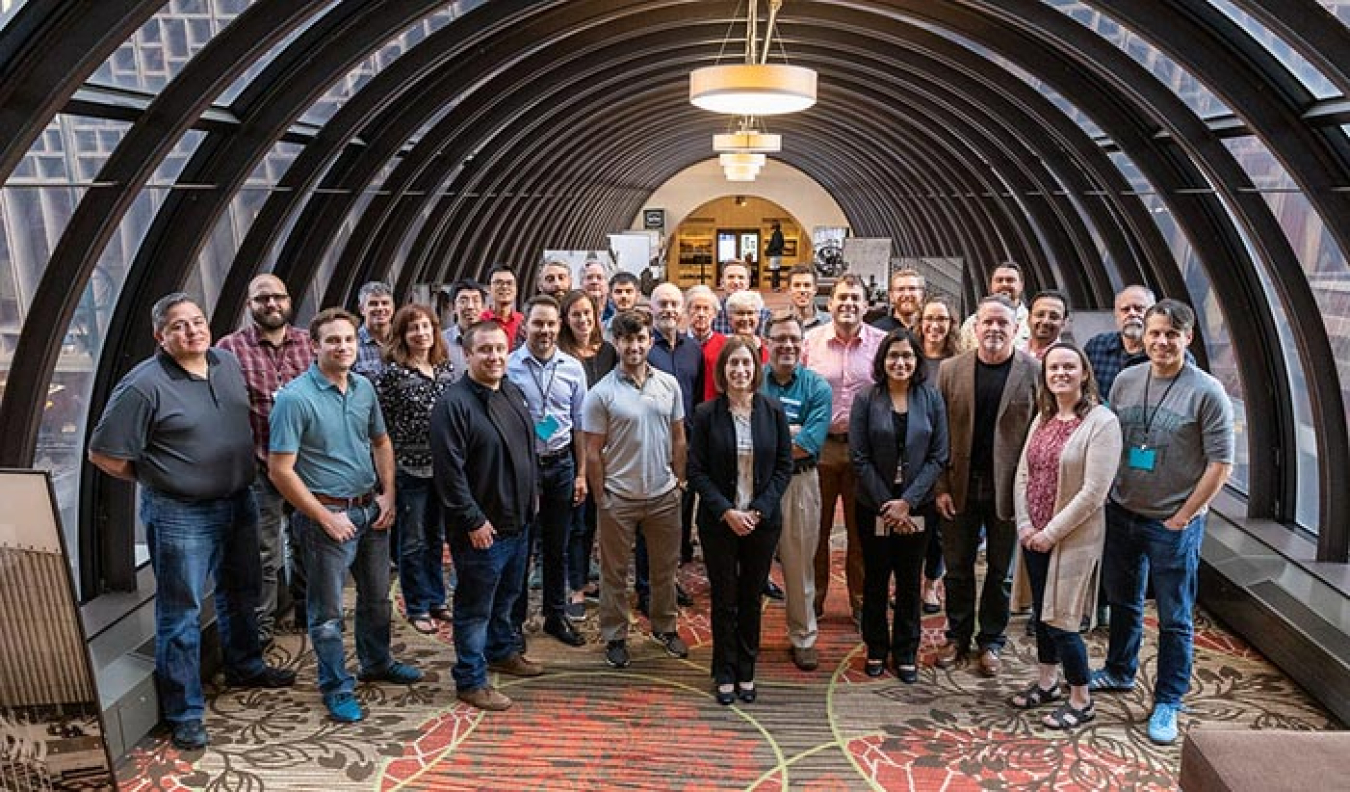
Members of Energy I-Corps Cohort 10
The opening session for Energy I-Corps Cohort 10 was held Sept. 30–Oct. 4, 2019, in Denver, Colorado. The closing session was held Nov. 12–14, 2019, in Washington, D.C.
Cohort 10 was composed of 10 teams from Argonne National Laboratory (ANL), Idaho National Laboratory (INL), Lawrence Livermore National Laboratory (LLNL), National Renewable Energy Laboratory (NREL), Oak Ridge National Laboratory, and Sandia National Laboratory (SNL).
Teams and Technologies
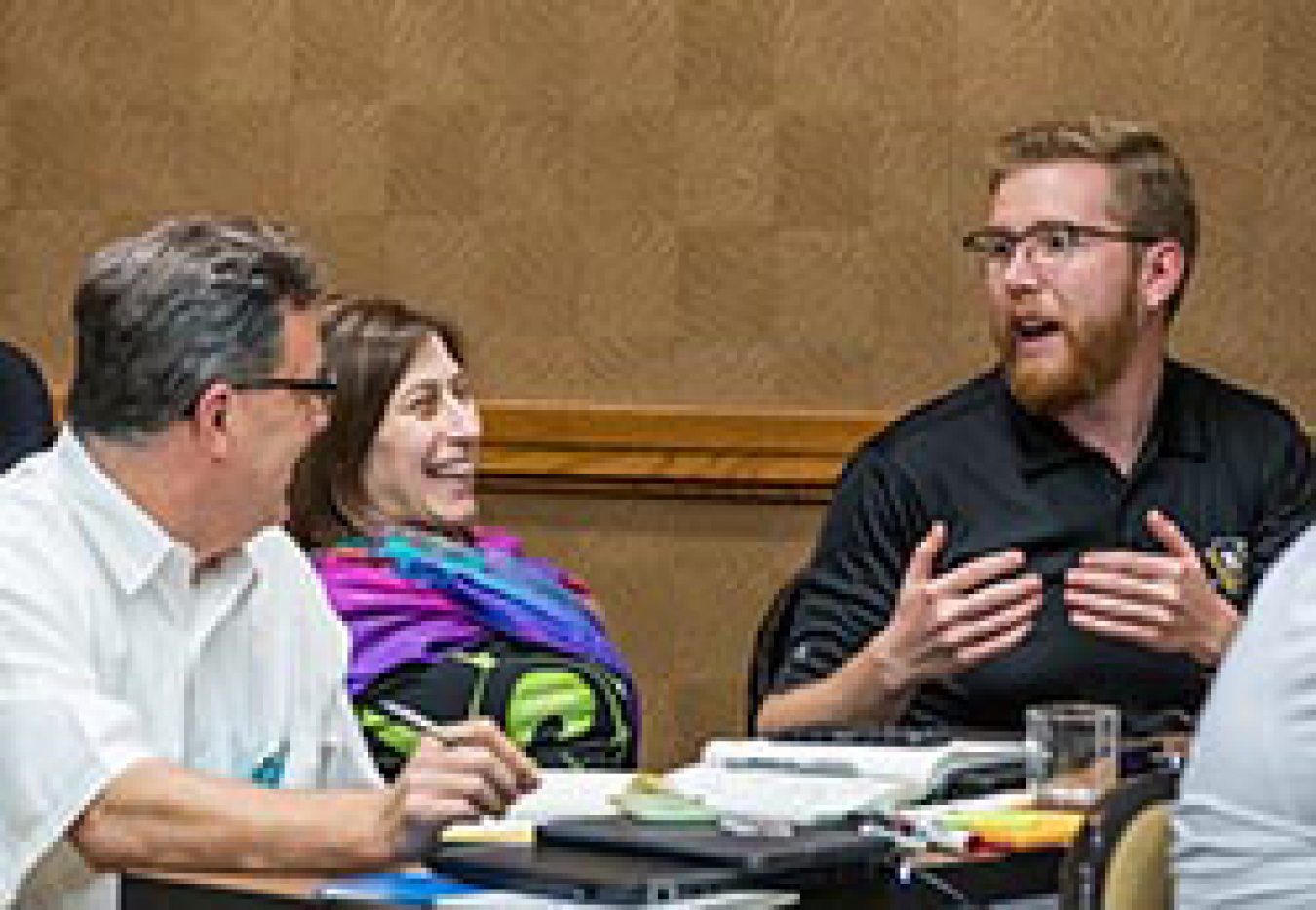
Team Members
- Principal Investigator: Elina Kasman
- Entrepreneurial Lead: Jonathan Montgomery
- Industry Mentor: Zach Penrod
Technology Description
Inspired by the needs of the synchrotron light sources, we have developed technology to polish partially concealed surfaces using Channel-Cut High Resolution Polisher (C-CHiRP). Both inner surfaces of the monolithic crystalline structure require polishing to minimize light scattering and preserve beam coherence. The C-CHiRP machine uses a custom designed tool to reach each of the partially concealed surfaces and polish it in an automated way, achieving smooth, flat, and parallel surfaces without subsurface damage. Beyond synchrotron crystal optics, C-CHiRP is useful in applications that require polished surfaces that cannot be reached with conventional polishing techniques.
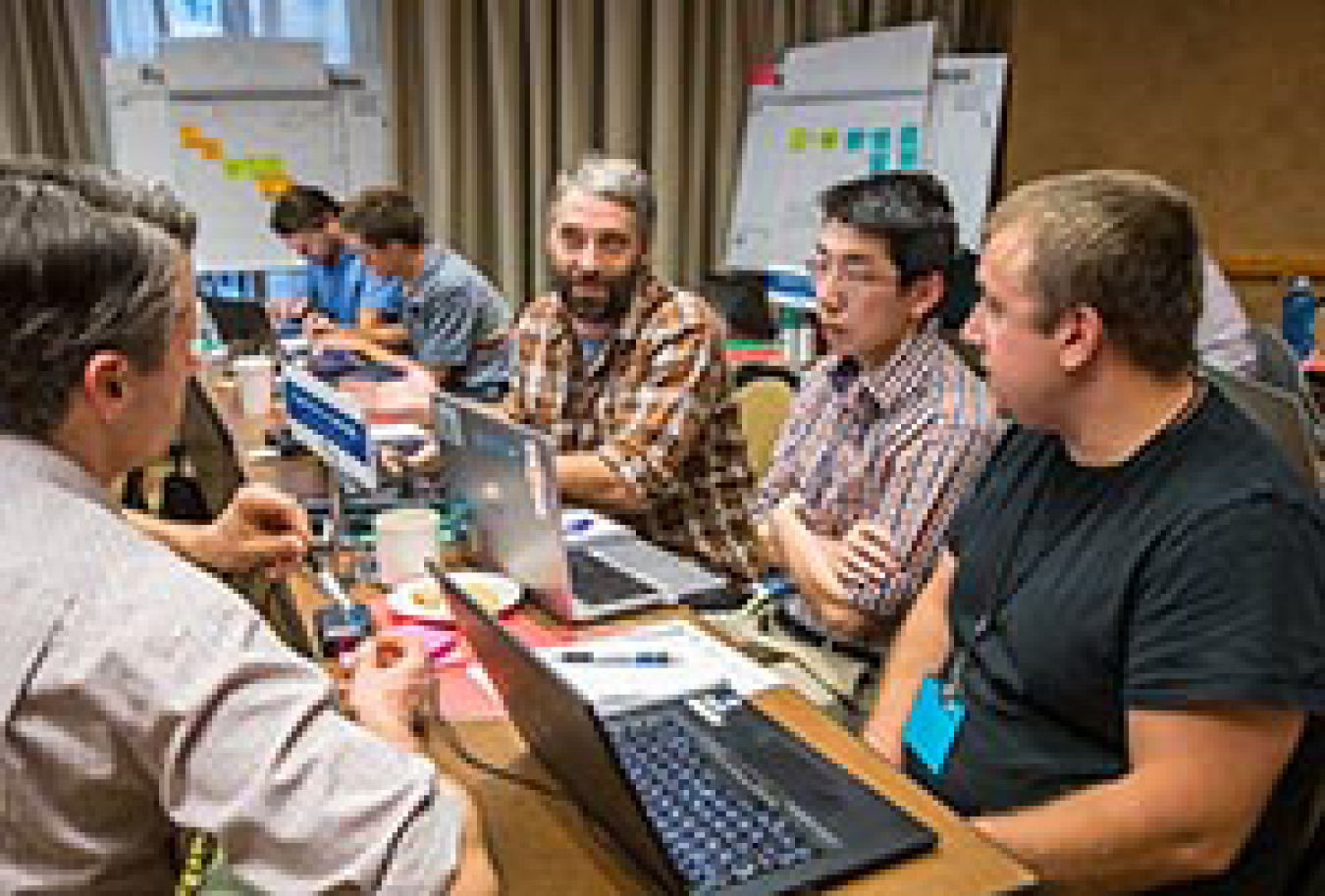
Team Members
- Principal Investigator: Steven Hawks
- Entrepreneurial Lead: Patrick Campbell
- Industry Mentor: Ziqi Wu
Technology Description
Nitrate is a troublesome groundwater contaminant that is mainly caused by fertilizer run-off. Many wells in agricultural regions exceed the EPA limit for nitrate in drinking water and without an economical treatment option they are rendered unfit for potable use. Our technology can remove nitrate from water selectively, preserving beneficial minerals and dramatically reducing the cost of treatment compared with purification methods, such as reverse osmosis, that remove ions non-selectively. Our technology can scale from under-sink to municipal-plant size and will increase fresh water availability in under-resourced areas.

Team Members
- Principal Investigator: Nic Rorrer
- Entrepreneurial Lead: Avantika Singh
- Industry Mentor: Dr. Mike Biddle
Technology Description
Interest in utilizing waste plastics as a low-cost feedstock for polymer production is gaining traction as a method to mitigate the current plastic pollution, reduce greenhouse gas emissions, and improve manufacturing efficiency. Despite interest, there are many known barriers to plastics recycling. We aim to propose a business model and technology solution that utilizes low-temperature selective biological catalysis or utilizes catalytic technology to create higher-value products in order to overcome these hurdles and thus create an economic incentive to reclaim, recycle, and up-cycle plastics.
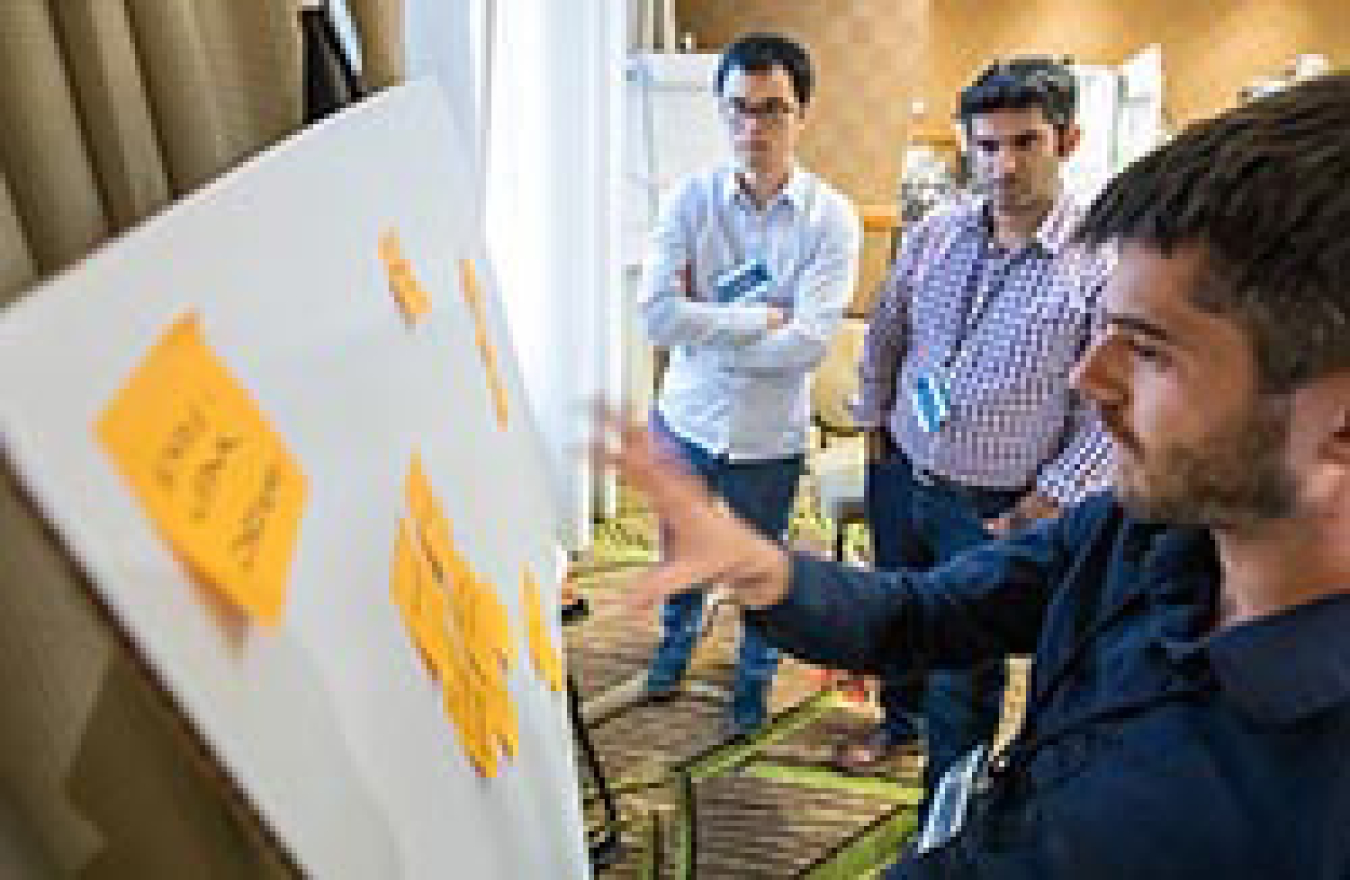
Team Members
- Principal Investigator: Yi Hou
- Entrepreneurial Lead: Matthew Moniot
- Industry Mentor: Remi Desa
Technology Description
HeadCount is a technology capable of detecting and counting the number of passengers in a vehicle. It consists of a sensor and a data processing device. The sensor captures an image of the vehicle interior, which is analyzed by an on-board processing device. The processing device contains a convolutional neural network (CNN) trained using high-performance computer on a dataset containing thousands of images. Images from the sensor are input into the CNN, which outputs the number of passengers in the vehicle.
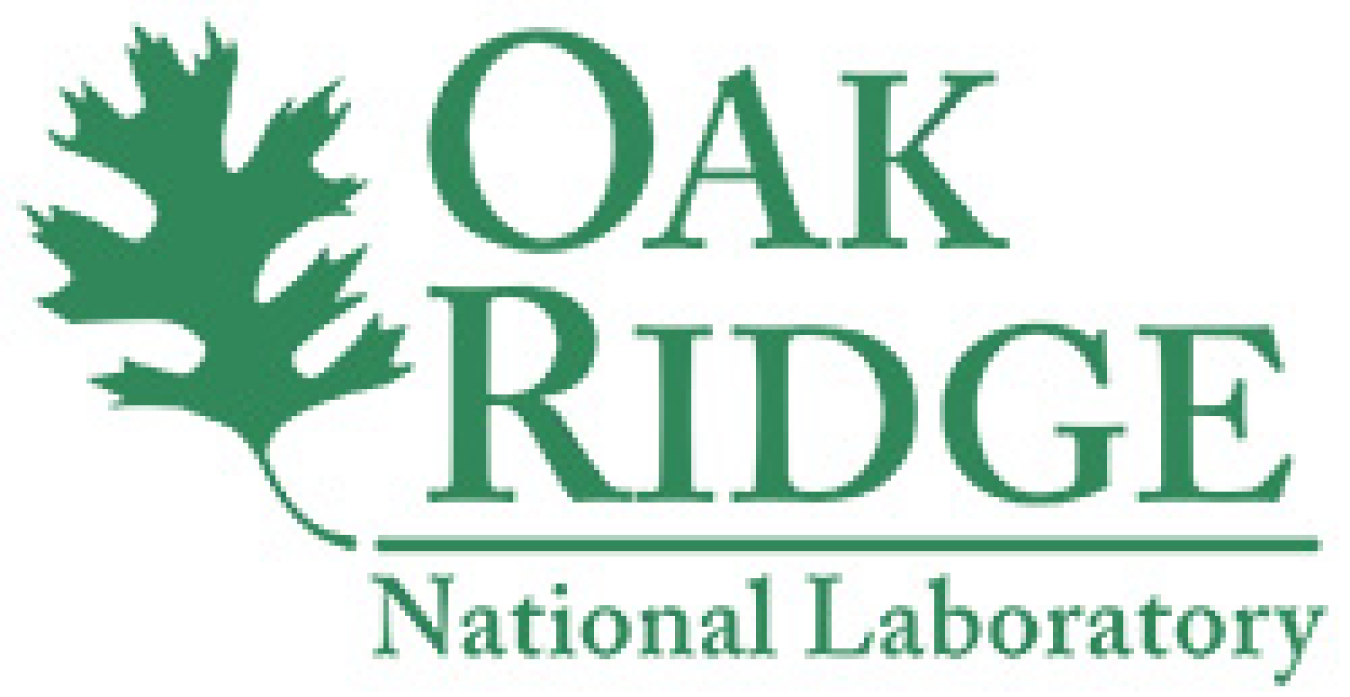
Team Members
- Principal Investigator: Ayyoub Momen
- Entrepreneurial Lead: Ben Colgrove
- Industry Mentor: Marko Hakovirta
Technology Description
ORNL invented the direct-contact ultrasonic drying which is five times more efficient than the state-of-the-art drying technologies. The Ultrasonic Technology Solutions (UTS) exclusively licensed the technology from ORNL for industrial and commercial fields of use. This program will help UTS to learn more about the market, customers, and challenges associated with the commercialization of the technology.

Team Members
- Principal Investigator: Susan Rempe
- Entrepreneurial Lead: Jim Carney
- Industry Mentor: Dan Keiser
Technology Description
The Memzyme team’s technology is a membrane loaded with enzymes for cost-effective CO2 capture from gas mixtures. The CO2-Memzyme is designed to address the immediate grand challenge of efficient CO2 separation and capture. Due to its exceptional performance and low fabrication cost, the CO2-Memzyme enables CO2 capture from fossil fuel-fired power plants, significantly reducing the threat of greenhouse gas emissions and advancing cheap, reliable, and clean electricity for healthy economies and environments worldwide.

Team Members
- Principal Investigator: Ryan Davis
- Entrepreneurial Lead: Eric Monroe
- Industry Mentor: John Benemann
Technology Description
Attached periphytic algae cultivation is a strategy for production of naturally abundant algal biomass from compromised surface waters for use in biobased commodities. The harvested algal biomass is a promising feedstock for a variety of biorefining technologies, such as anaerobic digestion and biomaterials production. Our technology is modular and scalable with existing deployments already completed at the multi-acre scale—although utilization of the biomass for targeted applications is currently lacking. The algae floway concept has been shown to effectively bioremediate waters in a wide variety of environments and water chemistries, making it a promising technology for wide-scale deployment.

Team Members
- Principal Investigator: Kyle Klavetter
- Entrepreneurial Lead: Jonathan Coleman
- Industry Mentor: EJ Taylor
Technology Description
Electrodeposited nanocrystalline material coatings have advantageous properties for sliding electrical contacts. Specific alloys form thermodynamically stable morphologies that retain their nanograin structure and therefore also keep the enhanced wear-resistance properties that nanostructured materials provide for extended periods of use.
To achieve thousands of cycles, the electrical contacts must be exceedingly hard, corrosion resistant, and conductive. Physical vapor deposited versions of our nanocrystalline alloys have demonstrated all these properties. The ability to electrodeposit this material on complex geometries and at variable thicknesses enables new technology to utilize thinner coatings with improved performance, decreasing cost and opening advanced applications.
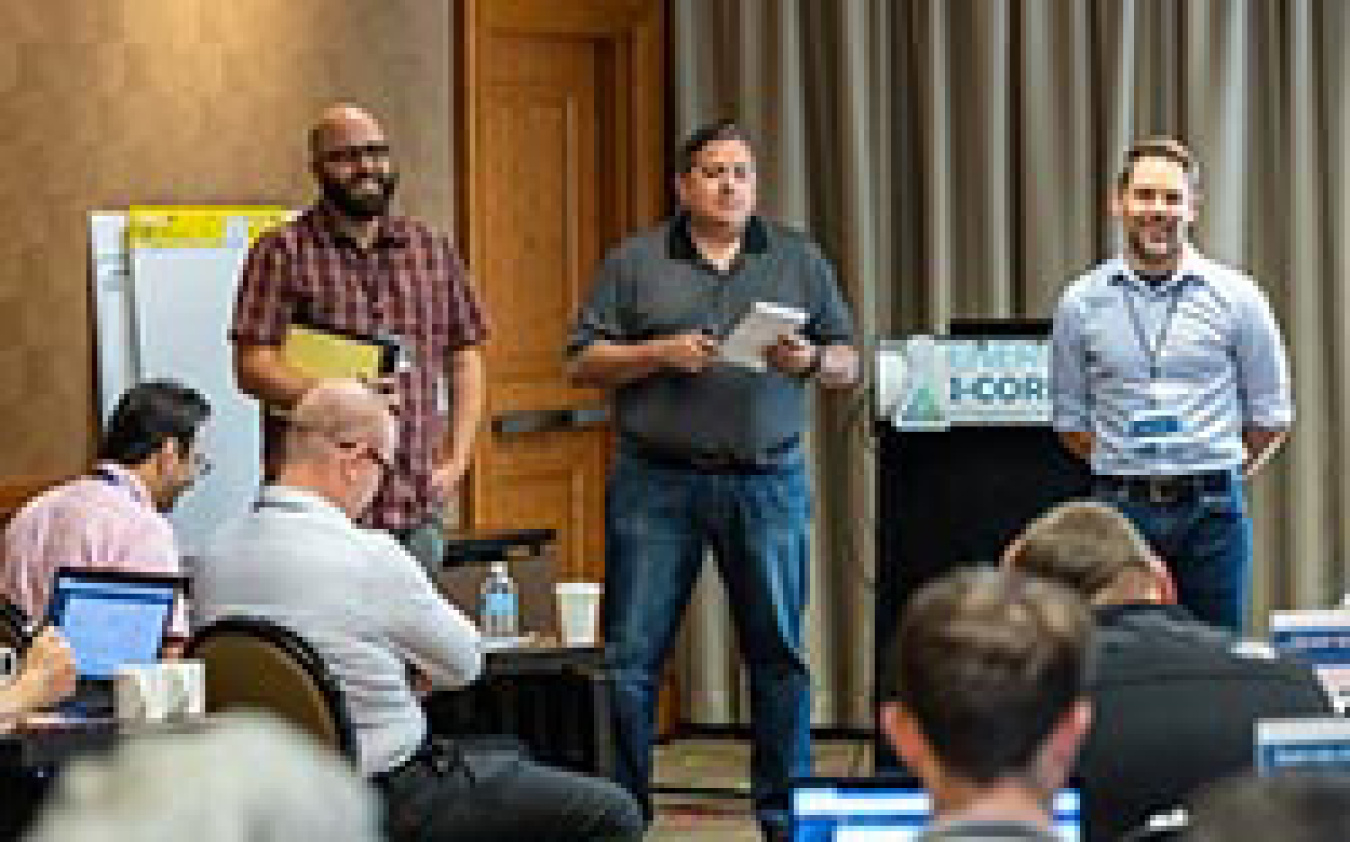
Team Members
- Principal Investigator: Marcos Sanchez
- Entrepreneurial Lead: Liam Claus
- Industry Mentor: Brian Henderson
Technology Description
The Ultra-Fast X-Ray Imager (UXI) system is a solid-state, burst-mode imager operating with integration times as fast as 1 nanosecond. Each image sequence provides up to four frames with a 25 um spatial resolution and a large, 25.6 x 12.8 mm image plane. These capabilities provide researchers with the ability to capture multiple frames of time-gated information at the fastest frame rates currently available. The sensor is a Hybrid-CMOS system that mates a readout integrated circuit bonded to a silicon detector that can be optimized for a specific experimental need.
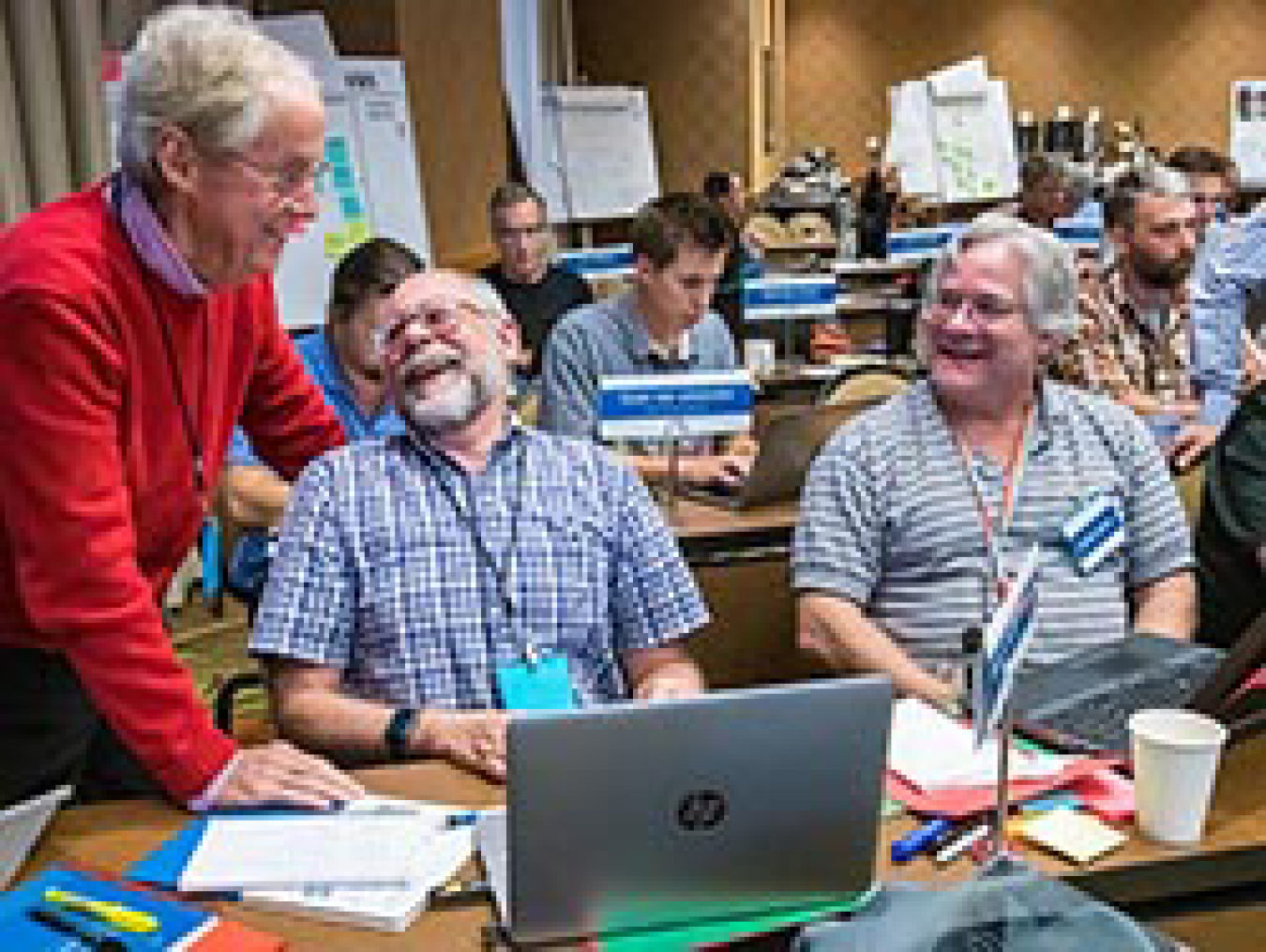
Team Members
- Principal Investigator: James Smith
- Entrepreneurial Lead: Steve Garrett
- Industry Mentor: Tom Harrison
Technology Description
The thermoacoustic (TAC) phenomenon exploits the harsh conditions and substantial temperature gradients that exist in power generation, melting, and hydrocarbon-cracking processes. The available temperature gradient is utilized to drive an extremely simple heat engine. This TAC engine has no moving parts and requires no heat exchangers. This engine is self-starting. We have shown that the sound generated by the engine is coupled to the surrounding via the working fluid, so that the frequency of the radiated sound can be detected remotely and used to measure temperature and material properties.

